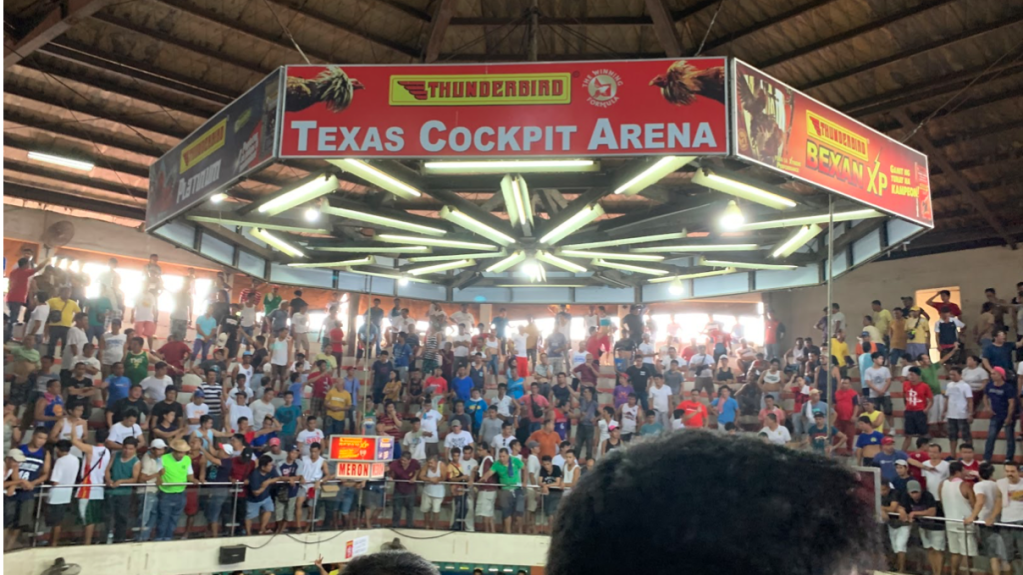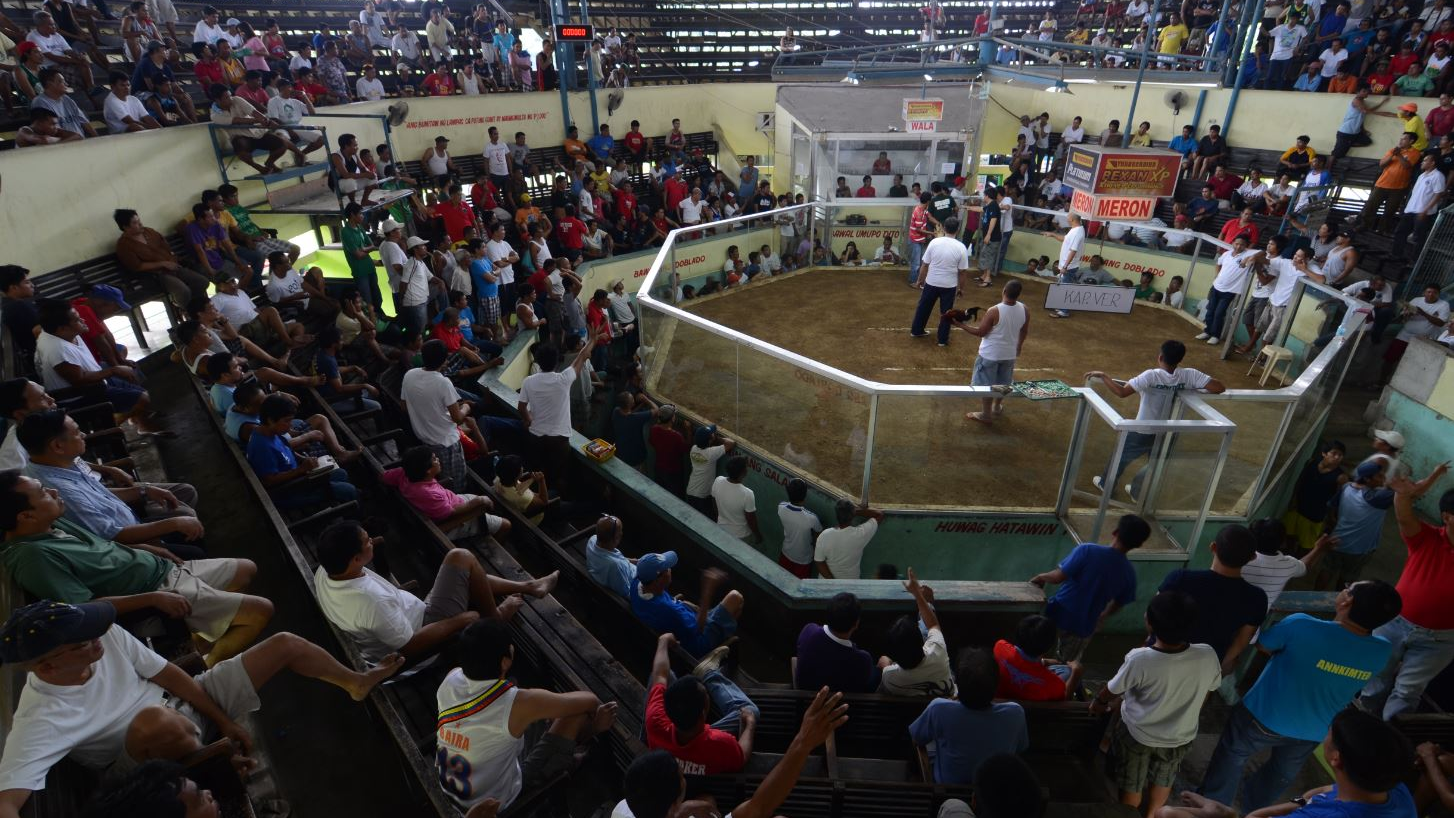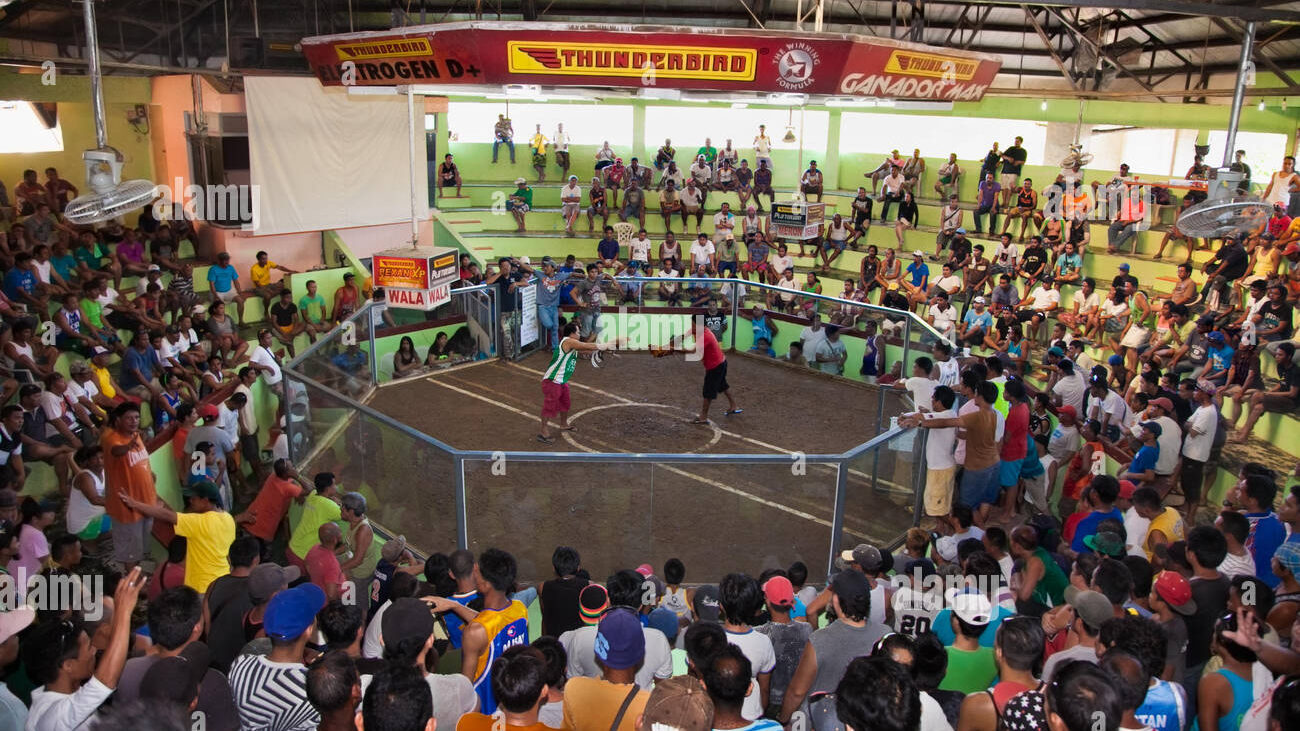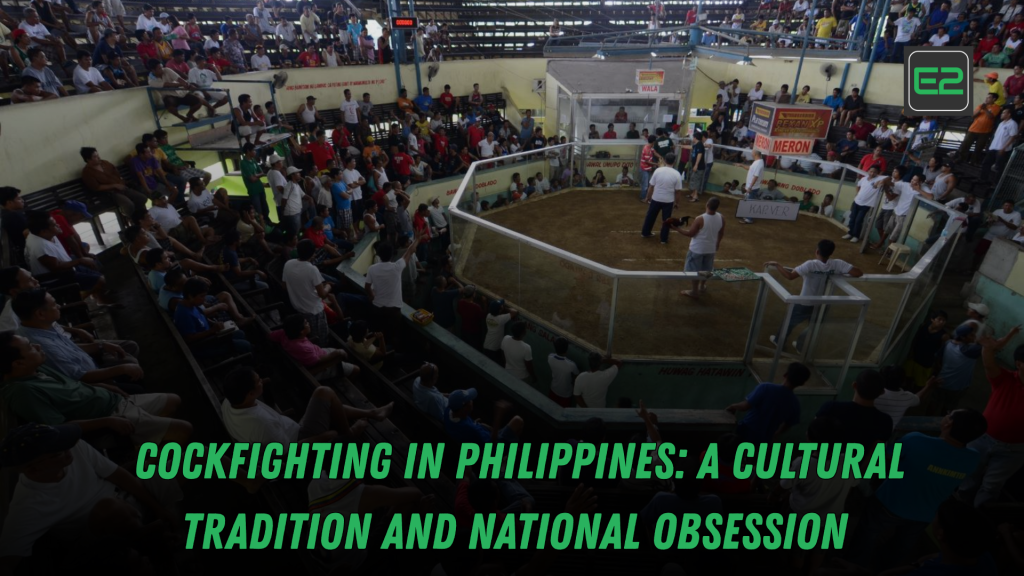In the Philippines, cockfighting—locally known as sabong—is more than a sport; it’s a deeply ingrained cultural tradition that has captivated Filipinos for centuries. Despite controversies surrounding animal welfare, cockfighting remains a popular pastime, reflecting the nation’s history, social dynamics, and economic landscape.
Table of Contents
Historical Roots of Cockfighting in Philippines
Cockfighting in Philippines dates back over 6,000 years, predating Spanish colonization. Antonio Pigafetta, the chronicler of Ferdinand Magellan’s expedition, documented cockfighting during their 1521 visit, highlighting its deep roots in pre-colonial Filipino culture.

Cultural Significance and Social Dynamics of Cockfighting in the Philippines
Cockfighting serves as a social event that brings communities together. Cockpits, or sabungan, are gathering places where people from all walks of life converge to watch matches, place bets, and socialize. The sport embodies Filipino traits such as bravery, competitiveness, and camaraderie.
Economic Impact and Industry Scale of Cockfighting in Philippines
The cockfighting industry significantly contributes to the Philippine economy. It’s estimated to be worth billions of pesos, encompassing breeding, training, equipment sales, and betting. Legal cockfights are held in approximately 2,500 stadiums nationwide, with millions of roosters bred annually for competition.
Legal Framework and Regulation of Cockfighting in Philippines
Recognizing its cultural importance, the Philippine government regulates cockfighting through Presidential Decree No. 449, known as the “Cockfighting Law of 1974.” This law governs the establishment and operation of cockpits, ensuring that the tradition continues within legal boundaries.
READ HERE ABOUT NBA SUMMER LEAGUE: GLIMPSE INTO FUTURE OF BASKETBALL
Modern Adaptations and E-Sabong
With technological advancements, cockfighting has evolved into the digital realm through “e-sabong,” allowing enthusiasts to watch and bet on matches online. While this has expanded the sport’s reach, it has also raised concerns about gambling addiction and regulatory challenges.
Breeding and Training: The Life of a Gamecock
Gamecocks are bred and trained meticulously for competition. Breeders focus on enhancing traits like strength, agility, and aggression. Training includes specialized diets, exercise regimens, and conditioning to prepare the roosters for the rigors of the cockpit.

The Cockfighting Experience: Rituals and Betting
A typical cockfight is a blend of ritual and spectacle. Handlers present their roosters, and matches are conducted under the supervision of a referee. Betting is an integral part of the experience, with spectators placing wagers through a complex system of hand signals and verbal agreements.
Ethical Debates and Animal Welfare Concerns of Cockfighting in Philippines
Despite its cultural significance, cockfighting faces criticism from animal welfare advocates who view it as a cruel practice. Debates continue over the ethical implications of cockfighting, balancing tradition with modern views on animal rights.
The Future of Cockfighting in Philippines
Cockfighting remains a vibrant part of Filipino culture, symbolizing the nation’s rich history and communal spirit. As the Philippines navigates the complexities of preserving tradition while embracing modern values, cockfighting stands as a testament to the enduring nature of cultural practices.

Note: This article provides an overview of cockfighting’s cultural and economic aspects. For a more in-depth exploration, further research and engagement with local communities are recommended.
